
Kotarba A. (2020), Calibration of global MODIS cloud amount using CALIOP cloud profiles
The Moderate Resolution Imaging Spectroradiometer (MODIS) cloud detection procedure classifies instantaneous fields of view (IFOVs) as either “confident clear”, “probably clear”, “probably cloudy”, or “confident cloudy”. The cloud amount calculation requires quantitative cloud fractions
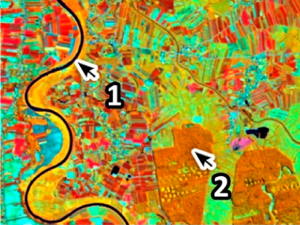
Dziob D., Krupiński M., Woźniak E., Gabryszewski R. (2020), Interdisciplinary Teaching Using Satellite Images as a Way to Introduce Remote Sensing in Secondary School
This article aims to meet two needs: (i) the need for skilled workers and students in the area of remote sensing and (ii) the need to make school science interesting for students. This article
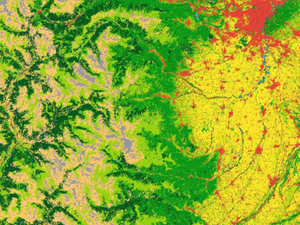
Belcore E., Piras M., Woźniak E. (2020), Specific alpine environment land cover classification methodology: Google Earth Engine processing for Sentinel-2 data
Land Cover (LC) plays a key role in many disciplines and its classification from optical imagery is one of the prevalent applications of remote sensing. Besides years of researches and innovation on LC, the
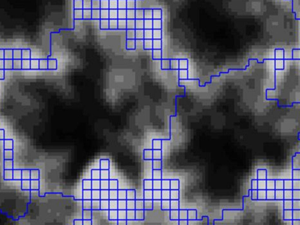
Belcore E., Wawrzaszek E., Woźniak E., Grasso N., Piras M. (2020), Individual Tree Detection from UAV Imagery Using Hölder Exponent
This article explores the application of Hölder exponent analysis for the identification and delineation of single tree crowns from very high-resolution (VHR) imagery captured by unmanned aerial vehicles (UAV). Most of the present individual
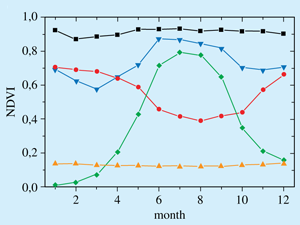
Woźniak E., Gabryszewski R., Dziob D. (2020), Remote sensing and electromagnetic wave behaviour to measure vegetation phenology with physics
Interdisciplinary models of teaching have been present in education systems for at least 30 years. The idea of the interdisciplinarity is to show students the contextualisation of subject knowledge, its relation to real-life problems
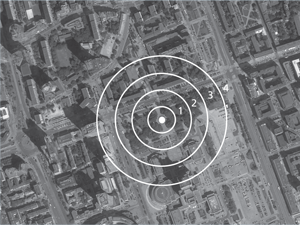
Szulkin M., Garroway C. J., Corsini M., Kotarba A. Z., Dominoni D. (2020), How to Quantify Urbanization When Testing for Urban Evolution?
Urban Evolutionary Biology fills an important knowledge gap on wild organismal evolution in the urban environment, whilst offering a novel exploration of the fast-growing new field of evolutionary research. The growing rate of urbanization
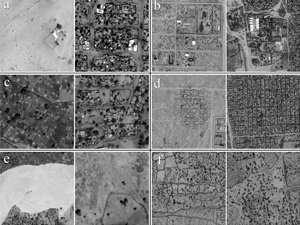
Jenerowicz M., Wawrzaszek A., Drzewiecki W., Krupiński M., Aleksandrowicz S. (2019), Multifractality in Humanitarian Applications: A Case Study of Internally Displaced Persons/Refugee Camps, IEEE Journal of Selected Topics in Applied Earth Observations and Remote
The coordination of humanitarian relief is always difficult due to a lack of data required for management and planning. Remote sensing imagery can be an important source of information about the in-situ situation, notably,
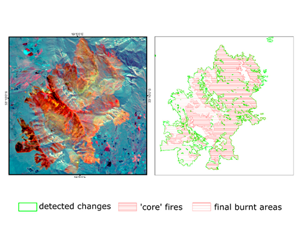
Woźniak E., Aleksandrowicz S. (2019), Self-Adjusting Thresholding for Burnt Area Detection Based on Optical Images, Remote Sensing
Mapping of regional fires would make it possible to analyse their environmental, social and economic impact, as well as to develop better fire management systems. However, automatic mapping of burnt areas has proved to
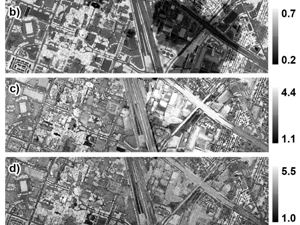
Krupiński M., Wawrzaszek A., Drzewiecki W., Aleksandrowicz S., Jenerowicz M. (2019), Multifractal Parameters for Spectral Profile Description, IGARSS 2019
Hyperspectral data provides huge amount of detailed information about spectral properties of the objects. In the era of fast data volume enlargement, it is necessary to develop methods and algorithms which are capable for
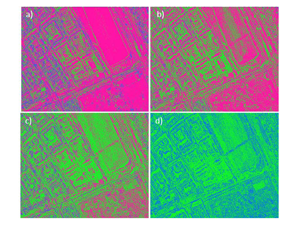
Aleksandrowicz S., Wawrzaszek A., Jenerowicz M., Drzewiecki W. and Krupiński M. (2019), Local Multifractal Description of Bi-Temporal VHR Images, 2019 10th International Workshop on the Analysis of Multitemporal Remote Sensing Images (MultiTemp), Shanghai, China, 2019, pp. 1-3. doi: 10.1109/Multi-Temp.2019.8866963
In this work we apply local multifractal formalism to spectral bands of bi-temporal Very High Resolution (VHR) images. Analysis of the local multifractal description and its changes between images acquired in two points in
 Wersja polska
Wersja polska English version
English version